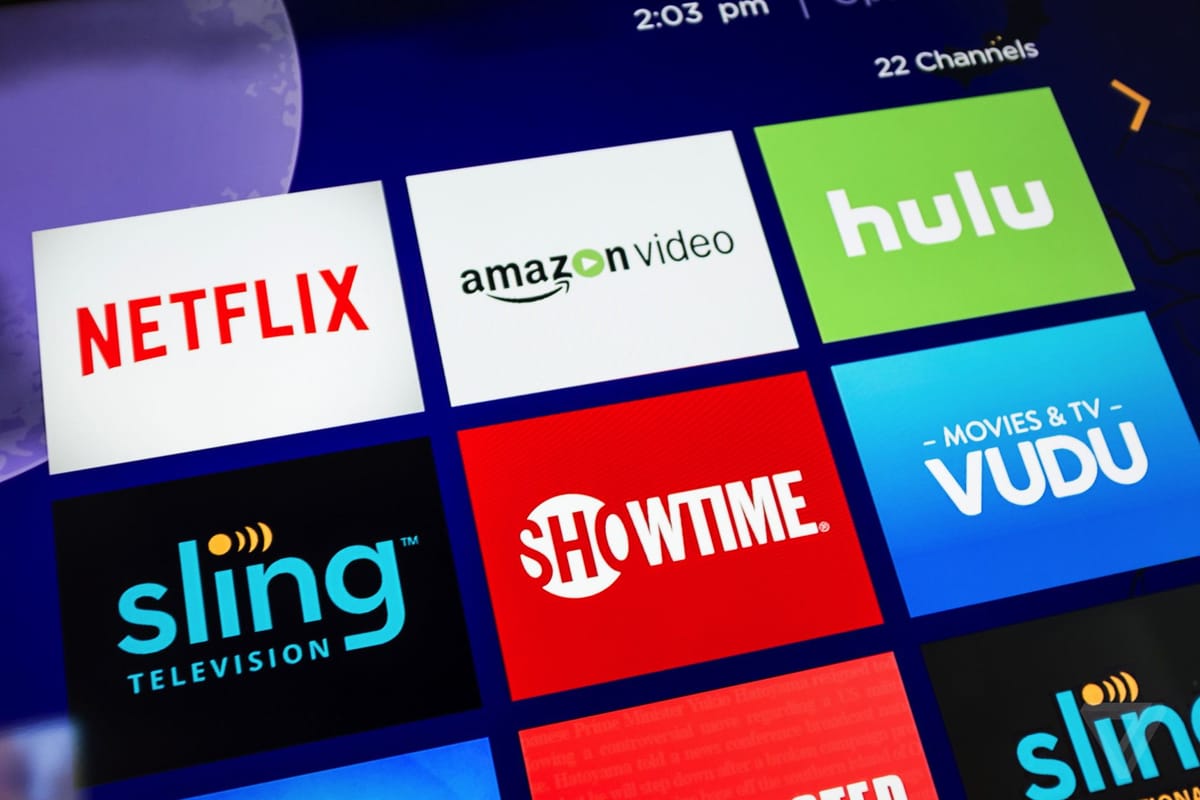Cord-Cutting Rises as Consumers Shift to Streaming Over-the-Top Video, According to NTIA Survey
BROADBAND BREAKFAST INSIGHT: That latest internet use survey from the Commerce Department’s National Telecommunications and Information Administration shows that the proportion of internet users watching videos online has grown from 45 percent in 2013 to 70 percent in 2017. The organization added a

BROADBAND BREAKFAST INSIGHT: That latest internet use survey from the Commerce Department’s National Telecommunications and Information Administration shows that the proportion of internet users watching videos online has grown from 45 percent in 2013 to 70 percent in 2017. The organization added a question about over-the-top vide viewing to its survey in order to track trends and demographic differences in internet use. Overall, 73 percent of U.S. households had a cable or satellite television subscription in 2017, which is down from a high about a decade earlier.
Cutting the Cord: NTIA Data Show Shift to Streaming Video as Consumers Drop Pay-TV, from NTIA:
Americans increasingly are moving away from cable and satellite pay-TV services and opting to stream online video offerings, data from NTIA’s latest Internet Use Survey show. While most households still subscribe to cable or satellite television services, the survey shows the proportion of Internet users watching videos online has grown from 45 percent in 2013 to 70 percent in 2017.
Internet-based video services typically provide on-demand streaming from a large content library, and are not dependent on the offerings made available by any particular cable or satellite provider. The shift away from pay-TV services crosses all age groups, but younger Internet users have consistently been much more likely to watch video online than their older counterparts. For example, 86 percent of Internet users between the ages of 15 and 24 watched video online in 2017, compared with just 40 percent of users ages 65 and older (see Figure 1).
Given this rapid change in just a few years, as well as the significant demographic differences, NTIA in 2017 added survey questions that specifically asked about subscriptions to traditional cable and satellite programming. Overall, 73 percent of U.S. households had a cable or satellite television subscription in 2017. Of the 27 percent that did not, two-fifths (40 percent) were “cord cutters,” or households that reported previously having a subscription, while the other 60 percent said they never signed up.
Internet users in cord-cutting households were more likely than their peers to watch video online; 82 percent of cord-cutting Internet users watched video online in 2017, compared with 67 percent of those in households with a cable or satellite television subscription, and 71 percent of those in households that never had such a subscription. This is an indicator of how the traditional television subscription is faring in the era of pervasive streaming, and we will continue to track this trend in future studies.
Why are Americans dropping subscription services? For some, particularly younger viewers, it’s a matter of preferring online video to subscription services. While 26 percent of non-subscribing households between the ages of 15 and 44 cited the use of Internet-based video services as a reason, only 15 percent of their counterparts between 45 and 64 and 8 percent of those ages 65 or older cited this reason.
Concerns over cost and relevance were common to all age groups, with 46 percent of non-subscribers citing cost and 38 percent saying they had no interest. These results suggest that while cost and personal preferences dominate decisions about purchasing cable or satellite television services, the availability of Internet-based video services is also influential.
Nineteen percent of households lacking cable or satellite TV service cited using Internet-based video services instead of traditional television service. This includes 24 percent of cord cutters and 16 percent of households that had not previously subscribed.
About three-fifths of non-subscribing households were “cord nevers” that never bought a pay-TV subscription. The cord-never households tend to be younger, lower-income and less likely to be non-Hispanic white than those with cable. In contrast, cable subscribing households are on average over 50, and less likely to have children in the house than cord-cutters. Consider that there is nearly a 20 percentage point difference in terms of mean age between cable and non-cable households.
Figure 2: Selected Characteristics by Current or Previous Cable Subscribership
Percent of Households, 2017
| Has Cable | Previous Cable Use | Never Had Cable | |
| Total Households | 92.7 Million | 13.8 Million | 20.8 Million |
| Family Income < $25K/Year | 19% | 25% | 38% |
| School-Age Child Present | 23% | 27% | 22% |
| Located in Rural Area | 14% | 13% | 14% |
| Household Reference Person* Characteristics | |||
| Mean Age | 53.0 | 45.8 | 47.6 |
| No Post-Secondary Education | 35% | 32% | 45% |
| White, non-Hispanic | 69% | 67% | 57% |
| Internet Usage Details | |||
| Internet Use at Home | 81% | 81% | 62% |
| * The reference person is the first individual in each household who is identified as owning or renting the housing unit. | |||
This is the first time NTIA has asked questions about cable and satellite television subscriptions. Data gathered in the next Internet Use Survey will build upon the research generally in how Americans are using the Internet, and more specifically should shed more light on trends in subscribership.
NTIA intern Kevin Mersol-Berg contributed to this report. Want to read more of NTIA’s research? Sign up for the Data Central mailing list to be among the first to hear about future publications.









Member discussion